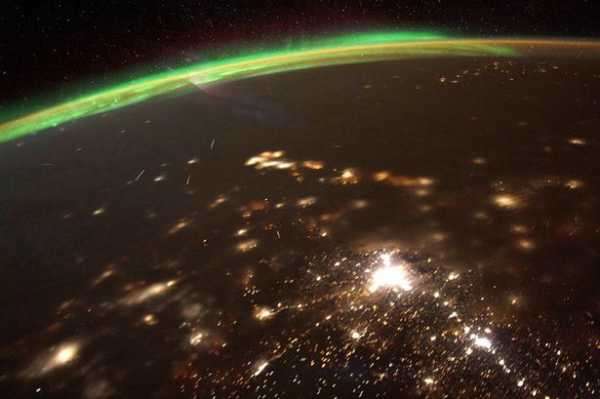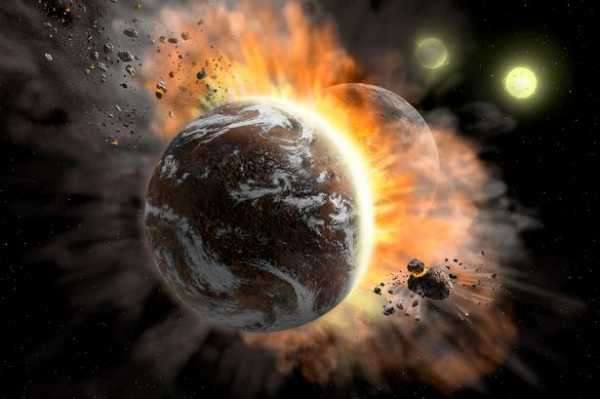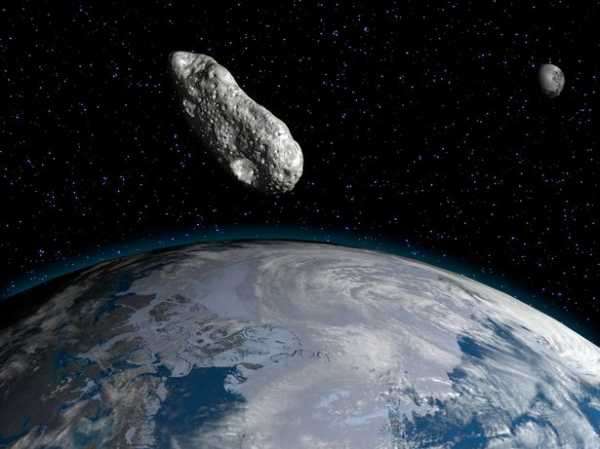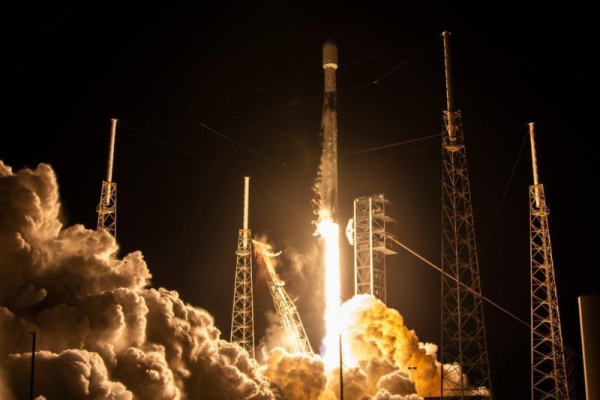The asteroid will skim past Earth at around 19:18 GMT, at which point it will be travelling at a staggering speed of almost 40,000mph
-

NASA astronaut snaps stunning photo of meteor shower and Northern Lights from ISS
-

NASA discovers new Earth-sized planet that could be home to aliens
-

NASA shows what would happen if two planets collided – with 'catastrophic' results
An enormous asteroid is set to zip past our planet this evening, NASA has revealed.
The asteroid, dubbed 2020 AO1, is estimated to be around 49 to 100 metres in diameter. At the higher end of that estimate, that suggests the space rock could be roughly the same size as The Great Pyramid of Giza!
According to NASA’s estimates, 2020 AO1 will skim past Earth at around 19:18 GMT, at which point it will be travelling at a staggering speed of almost 40,000mph.
Thankfully the asteroid will be around two million miles from Earth during the passing. While this might sound far, it’s classed as a ‘close approach’ by NASA.
2020 AO1 isn’t the only asteroid passing our planet today – a second space rock is set to make a close approach at around 22:37 GMT.
Measuring up to 24 metres in diameter, this space rock is much smaller, although it will pass Earth at a closer distance of just over 900,000 miles.

Thankfully, the chances of these asteroids colliding with Earth are slim to none.
However, NASA hasn’t written off the chances of an asteroid collision in the near future.
NASA discovers around 30 new ‘near-Earth objects’ (NEOs) every week, and at the start of 2019 had discovered a total of more than 19,000 objects.

However, the space agency has warned its NEO catalogue isn’t complete, meaning an unpredicted impact could occur at ‘any time.’
NASA explained: “Experts estimate that an impact of an object the size of the one that exploded over Chelyabinsk, Russia, in 2013 – approximately 55 feet (17 meters) in size – takes place once or twice a century.
“Impacts of larger objects are expected to be far less frequent (on the scale of centuries to millennia).
“However, given the current incompleteness of the NEO catalogue, an unpredicted impact – such as the Chelyabinsk event – could occur at any time.”
Sourse: www.mirror.co.uk





